SU-100 Self-Propelled Gun
The SU-100 was the most powerful Red Army medium tank destroyer of the Second World War. The vehicle was developed to provide powerful anti-tank fire support to the T-34-85 medium tank in the same manner as the SU-85 had complemented the original T-34. And as with the SU-85 before it, the SU-100 endured significant delays both in its design, due to political arguments on the choice of main armament, and in entering service.
Although introduced late in the war, the SU-100 was heavily engaged in the final push into the Axis countries, with major combat engagements in Austria, Czechoslovakia, Hungary, and in the assault on Berlin.
The SU-100 proved a particularly potent "Zveroboi" or "animal hunter" in that it could easily dispatch Tiger, King Tiger and Panther tanks at medium range. The vehicle had no secondary armament however, and proved vulnerable when engaged in close fighting without infantry support as occurred during some of these late war battles.
This book is part of the Red Machines Series, a series of books entirely devoted to the hardware of the Red Army. Each volume provides in-depth information, much of it entirely new to the western world, as well as a large number of photos, of which many have never been published to date.
Blueprints, drawings, colour profiles and data tables are also provided with each volume, to describe the development and production variants of each vehicle.
Caractéristiques
| Auteur : | James Kinnear, Nikolai Polikarpov |
|---|
| Présentation : | 176 pages, 28.5 x 21.5 x 1.7 cm, relié |
|---|
| Illustration : | 300+ photos en N&B et couleurs |
|---|
| Editeur : | Canfora Grafisk Form (S, 2020) |
|---|
| ISBN: | 9789198477580 |
|---|
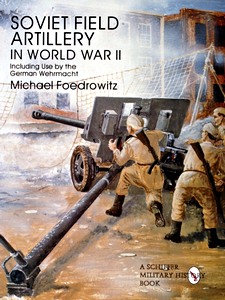
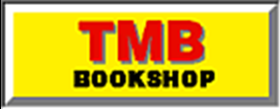
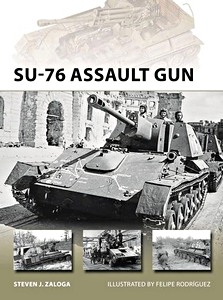

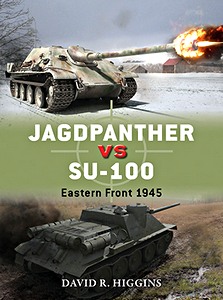
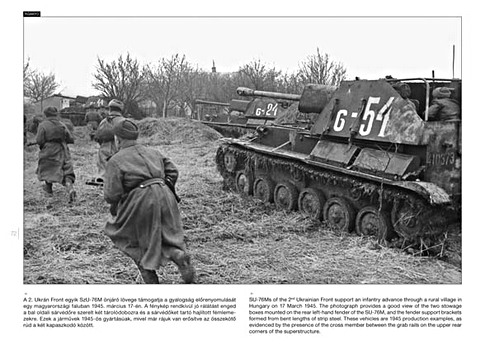

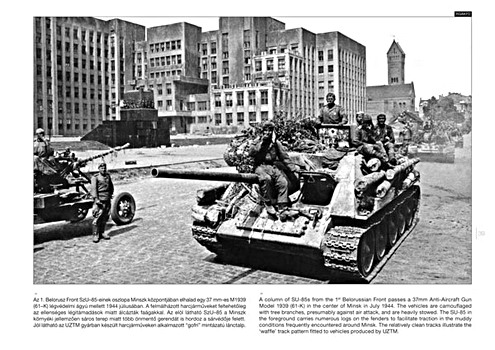

![[NVG] Self-Propelled Anti-Aircraft Guns of the USSR](../afb/BLB/9781472806222.jpg)
